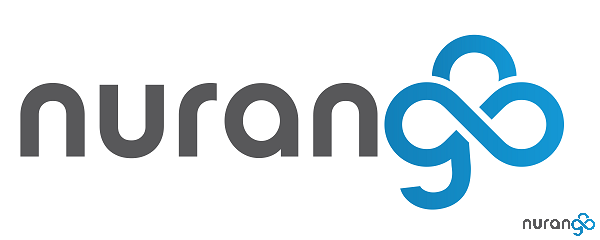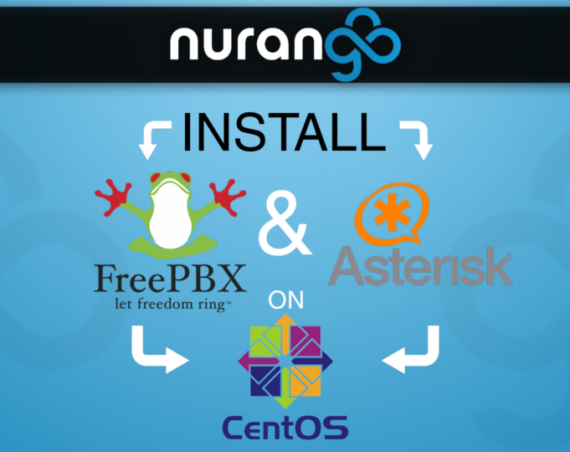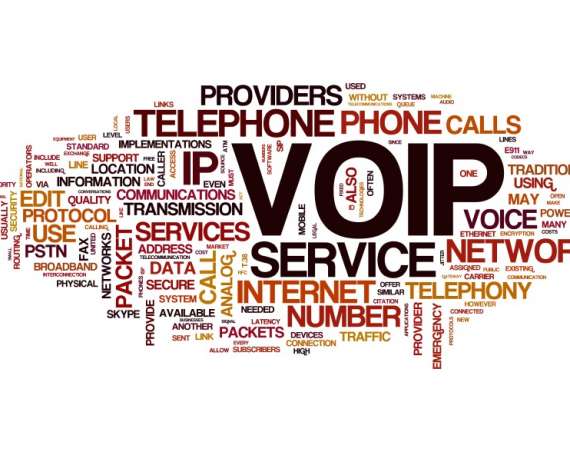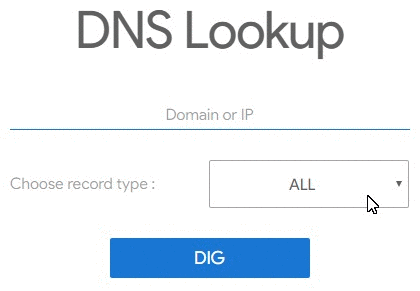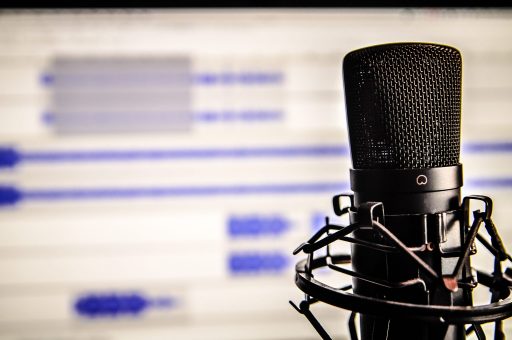
The process of converting audio into digital signals can be accomplished in several ways. The precise mechanics which take care of this are encapsulated in the form of algorithms called codecs. Codecs are a short form for “coder decoder”. It means that these algorithms are applied to voice signals in two places – when they are being set up for transmission, and when they are being reverse engineered so that the receiver can listen to them. Depending on the specific codec used, a voice signal can use a greater or lesser amount of bandwidth. At the same time, the quality of the codec will determine how clearly the voice signal can be replicated. In a lot of situations, there is a trade-off between these two. The more compact a codec is, the greater likelihood that there will be a significant discrepancy in how the voice originally sounded and how it is reproduced at the other end. Good codecs try and maximize the voice quality for a specific bandwidth requirement.
When two SIP providers communicate with each other, they can negotiate and determine which codec is to be used. This freedom is available because transmission over the Internet can take place via any number of different codecs. However, the traditional PSTN system does not possess this flexibility. It is a standardized algorithm known as G.711. It employs no compression techniques and has been used in regular telephone lines for decades. When a VoIP system needs to communicate with the PSTN network, all communication has to finally drop down to G.711. This is because the PSTN system knows nothing else and as long as a large number of people still use it, VoIP has to play by the old rules.
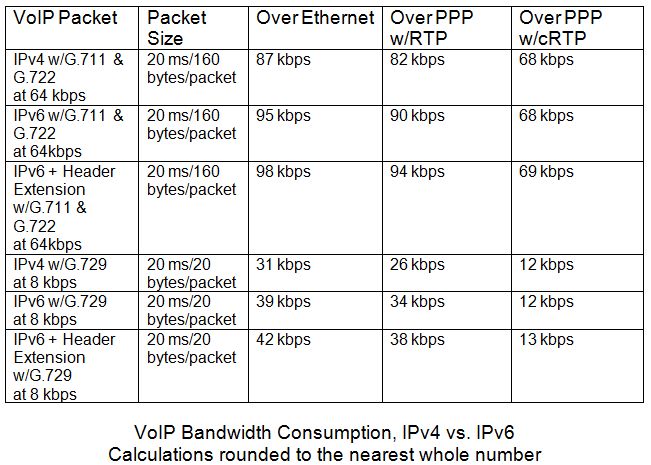
A great deal of flexibility is possible however, when to VoIP devices communicate. The G.711 codec is what is called “narrowband”. It tends to cut off the higher and lower frequencies therefore leading to confusion and people try and spell words that have similar sounding letters such as P, D, B etc. Using higher quality codecs such as G.722 however, we can make use of HD voice technologies which allow for a much more accurate representation of the human voice. The difference to the listener when comparing G.711 and HD voice codecs is startling. Once you get used to talking in HD voice, it’s difficult to go back.
If you implement a phone system or PBX system in your business, all calls between your employees will be likely to take place in HD voice. Even events such as conferencing which have a large number of people tuning in, can take place entirely in high definition audio. This has tremendous benefits and can revolutionize the often frustrating aspect of long conference calls with a large number of participants.
For a more complete breakdown of each codec, check out our “Guide to VoIP Codecs” post.
